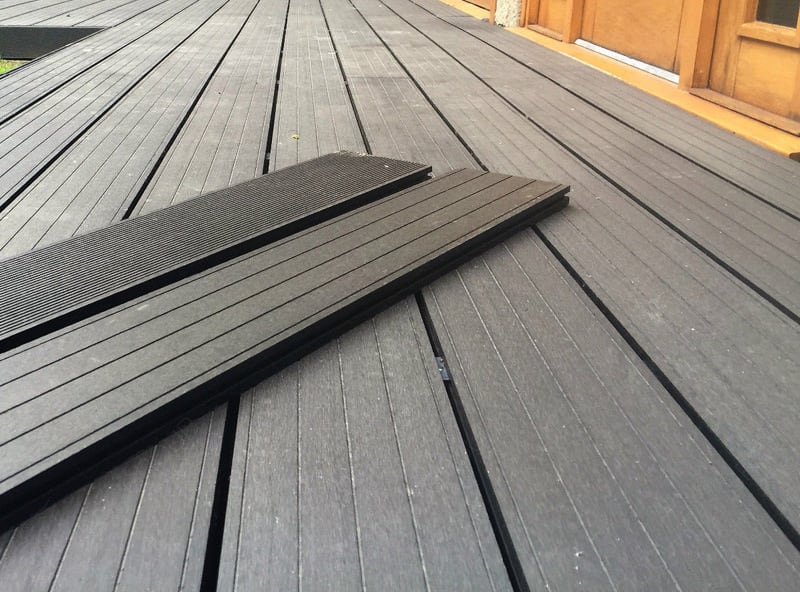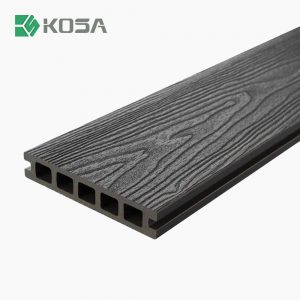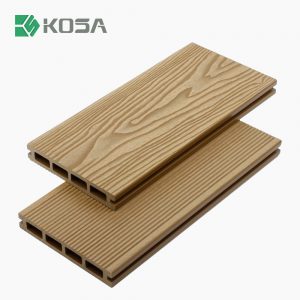In the trend of pursuing green and environmentally friendly home decoration, wood-plastic composite products has gradually become favored by consumers because of its unique material and environmental protection advantages. However, there are many brands of wood plastic composite materials on the market with uneven quality. How to judge their environmental performance has become the focus of consumers’ attention. This article will provide consumers with some practical methods to help everyone better judge the environmental performance of wood plastic composite products.

First of all, consumers can judge the environmental performance of wood plastic composite material from the raw materials of the product. High-quality WPC products usually uses renewable resources as raw materials, such as waste wood, plastic waste, etc. These raw materials not only reduce the consumption of natural resources, but also realize the recycling of resources. Therefore, consumers can check the product’s ingredient description when purchasing to understand the source of its main raw materials to judge its environmental performance.
Secondly, consumers can judge the environmental performance of wood plastic composite products by checking the environmental certification of the product. There are many authoritative environmental certification agencies at home and abroad, such as ISO 14001 environmental management system certification, China Environmental Labeling Product Certification, etc. These certification agencies will strictly test and evaluate the environmental performance of products to ensure that they comply with relevant standards and requirements. Therefore, consumers can check whether the product has these certifications when purchasing to judge whether its environmental performance meets the standards.
In addition, consumers can also pay attention to the production process and material selection of the product. High-quality wood-plastic flooring is usually manufactured using advanced production processes and environmentally friendly materials. For example, some brands use aldehyde-free or low-aldehyde adhesives, use renewable resources as raw materials, and strictly control the emission of waste gas and waste water during the production process. Consumers can further judge whether its environmental performance meets standards by understanding the production process and material selection of the product.
Finally, consumers can refer to other consumers’ experience and reviews. Word-of-mouth and user reviews in the market can often reflect the true status of a product. Consumers can learn about other consumers’ experience and environmental performance evaluations of the product by checking online reviews and consulting friends around them. These real feedbacks can help consumers understand the environmental performance of products more comprehensively and make more informed purchasing decisions.
To sum up, consumers can judge the environmental performance of wood plastic composite products from many aspects such as product raw materials, environmental certification, production technology, market feedback and user evaluations. When purchasing, consumers should consider these factors comprehensively and choose wood plastic composite products that meet their own needs and environmental protection requirements. At the same time, consumers should also remain vigilant and avoid purchasing products with substandard quality or substandard environmental performance to ensure that their home environment is healthy, comfortable and safe.





